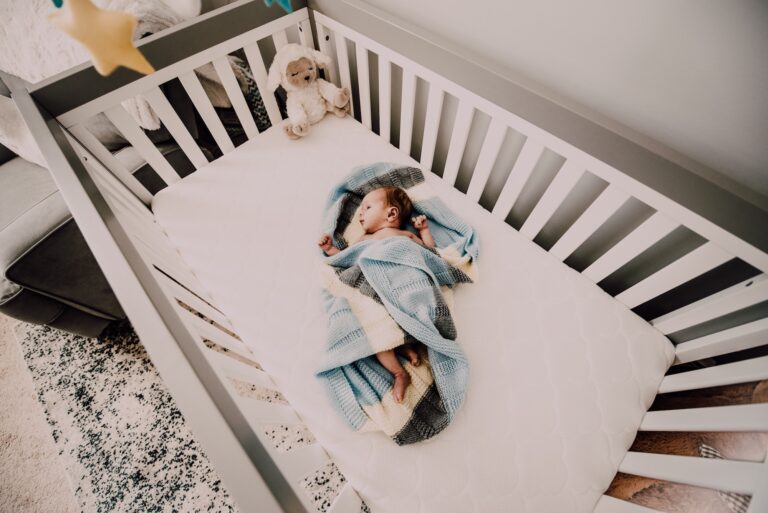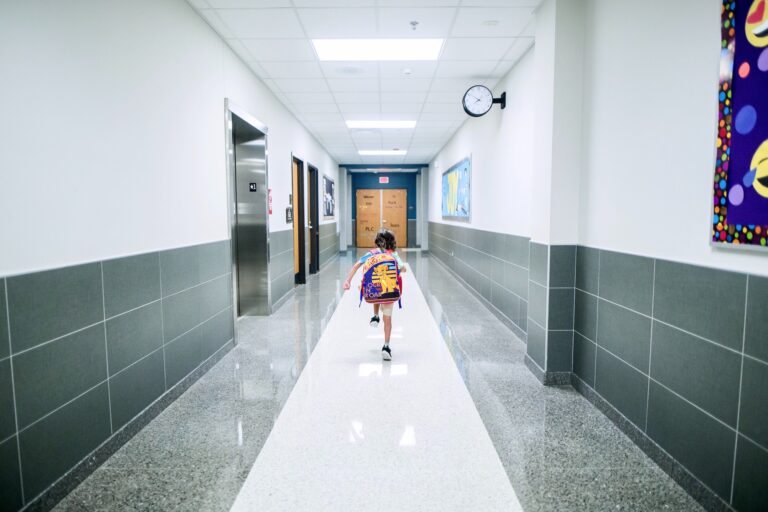Parenthood can be filled with joyful firsts, first steps, first words, and first smiles. Yet one momentous milestone always presents itself, upgrading a baby nursery into an environment conducive to toddler independence and curiosity. This blog will guide you through this transition so it goes as smoothly and joyfully as when they first clapped their tiny hands.
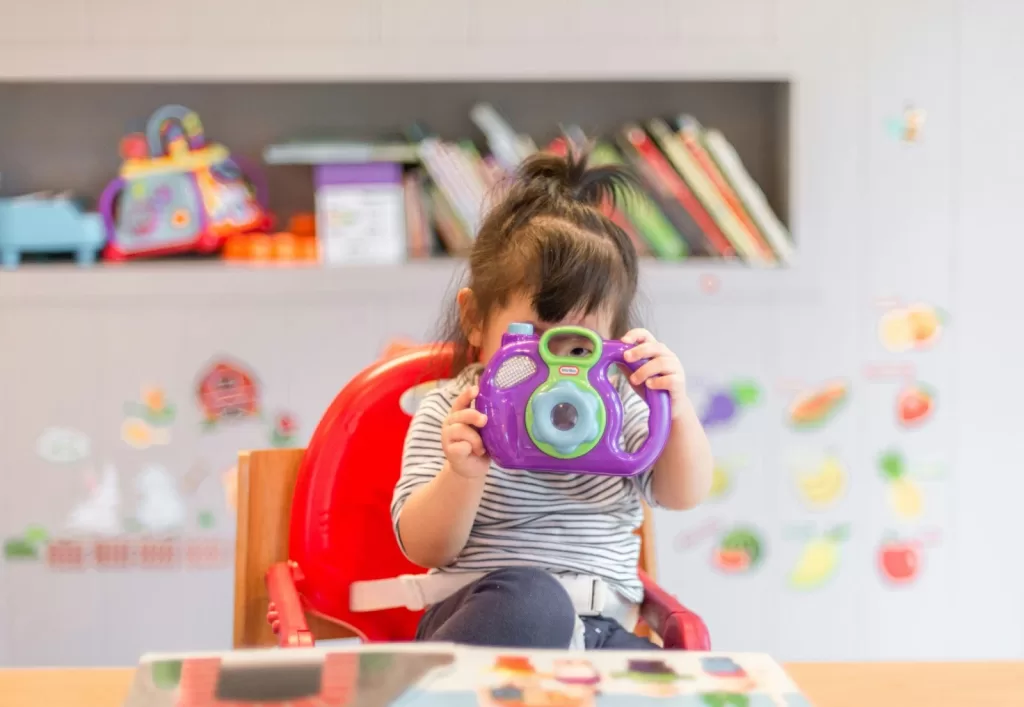
Photo by Tanaphong Toochinda on Unsplash
From Babbling to Toddling: Upgrading the Nursery
Recognizing the Signs
The transformation from baby’s nursery to toddler’s room often starts with subtle yet unmistakable signs of growing independence in your toddler. Perhaps they have started climbing out of their crib or showing keen interest in books or toys that require more room to explore.
Or you might notice their desire for autonomy as they attempt to choose their clothing or set the playtime agenda themselves. You might also detect their increasing vocabulary, with words and expressions of likes and dislikes being communicated verbally as they attempt to dictate playtime agenda.
Recognizing these signs is key, as it is not about passing time but about matching their ability and personality, which indicates when it is time for you to adapt your space according to toddler needs.
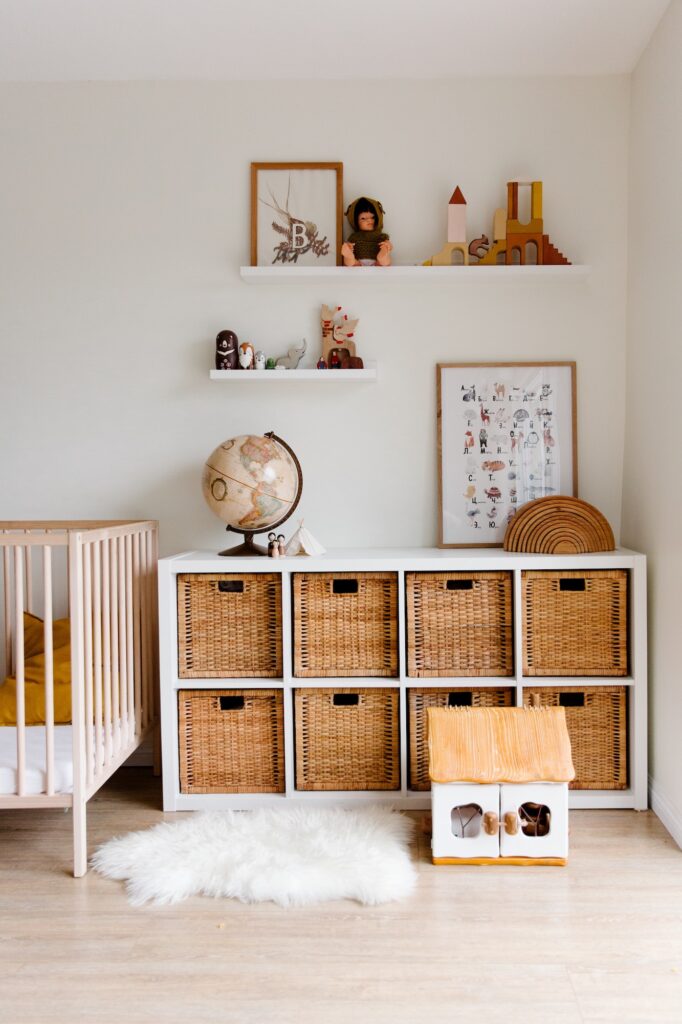
Exploring Toddler Bed Options
When transitioning a nursery into a toddler room, selecting the appropriate bed is of utmost importance. These beds come in various styles to meet various needs and preferences of their users. A classic toddler bed, featuring low to the ground frames with integrated rails to prevent falls, provides an effective transition from crib to “big kid” bed.
Convertible cribs offer cost-effective options, quickly evolving from crib to toddler bed and even full-size bed as your child grows older. Toddler beds with themed designs such as race cars or princess castles add an exciting element to their bedroom, sparking imagination and providing excitement about transition. Daybeds with guardrails offer another versatile solution, serving both as a seating area during the day and a comfortable bed at night.
For families with limited space, loft toddler beds may provide the ideal solution. These beds elevate the sleeping area, creating more floor space for play, study, or storage underneath.
There is also a pros and cons list if you’re considering investing in a toddler floor bed. Selecting an ideal model not only affects its aesthetics and functionality. It can also ensure your child’s comfort and safety during this important transition phase.
Safety First
When transitioning a nursery into a toddler room, safety should always come first. Toddlers tend to be adventurous explorers who like exploring their environment, which can sometimes result in accidents that are unforeseeable.
Therefore, it’s essential that any furniture in a toddler bed meets current safety regulations. Look for sturdy beds constructed with solid material, such as plywood. Materials used should be non-toxic to ensure a safe experience for young ones who may chew or bite at their bed rails, and any risk of entrapment or sharp edges that could potentially lead to injury is reduced by its design.
Secure furniture to the wall to prevent tipping, utilize cordless window treatments to avoid strangulation and keep small objects and potential choking hazards out of reach are key steps to creating a safe environment for your toddler.
While aesthetics and theme may play an integral part, prioritizing their safety over aesthetics should always take precedence when designing their room.
Fostering Independence
Toddlers need to develop their sense of independence as they age, so providing a child-friendly space is critical for this goal. A room designed with this in mind will do wonders towards realizing this aim. Consider purchasing a bed with easy access for your child, such as a low-floor bed.
This allows them to initiate bedtimes and wake-up times independently while also cultivating their sense of autonomy and responsibility. Assembling furniture and storage that toddlers can reach will allow them to select clothing, toys or books themselves and develop decision-making skills independently while increasing their ability to complete daily tasks independently.
Creating designated play, reading and rest areas within their bedroom can help toddlers understand routines more quickly, foster independence and foster growth. Keep in mind that your child’s room design should continue to adapt with them as they develop, providing safety and comfort while simultaneously encouraging independence.
Establish a Play Area
Designating a special play space within your toddler’s room is essential to their cognitive and physical development, stimulating imaginations while encouraging creative play. Add toys that support different areas of development to the play area for maximum fun and educational benefits.
Puzzles for problem-solving skills, building blocks for motor development, and art supplies for creativity are great ways to do just that. Make sure that the space you create for children to play in is safe and easily accessible, with soft flooring to cushion any falls and plenty of open space to allow free movement.
By creating a designated play space, you are not only equipping your child with tools they need for exploration and learning but also signaling to them that their room can be seen as an expression space where they can freely express themselves. This fosters positive associations between their personal space and playtime, encouraging them to spend more time there than simply sleeping.
Growing Together
As children develop, their rooms should adapt to meet their changing needs, reflecting changes in interests, hobbies, and activities. Room design should go beyond aesthetics, it should aim to foster the growth of both the child and the environment simultaneously.
By making their environment adaptable and supportive of their development, creating the space is part of providing them with an optimal learning environment that ensures it remains relevant and supportive during each phase of growth. Consider including elements that are easily updated or altered, such as adjustable shelving for growing book collections and toy collections or a modular desk that can easily adapt to changing projects and studies.
Engaging your child in the process of redesigning their space can be an immensely satisfying endeavor, giving you a chance to gain more insight into their changing preferences and interests. Collaboration will strengthen both of your bonds as you work together to give your child ownership over their personal space and instill pride and responsibility for it.
Your goal should be to create a space they feel connected to, one that shows who they are becoming and reflects who they are now.
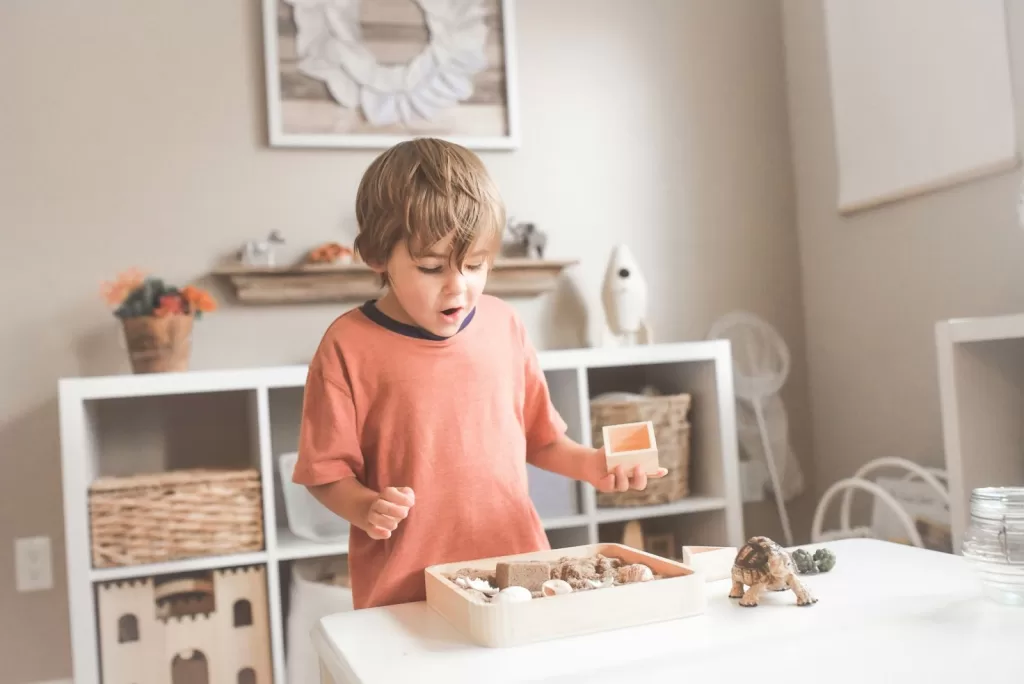
Photo by Paige Cody on Unsplash
Conclusion
Moving your child from their baby nursery into their toddler room marks more than a mere physical change. It marks a crucial transition in their development, offering them a safe place to explore, learn, and develop independent thought, creativity, and confidence.
So as you choose paint colors, assemble furniture, and childproof every corner, remember that you are creating memories and milestones that will last a lifetime.

